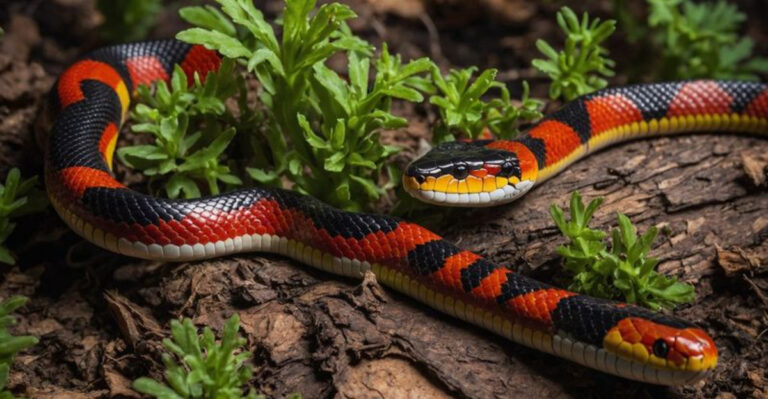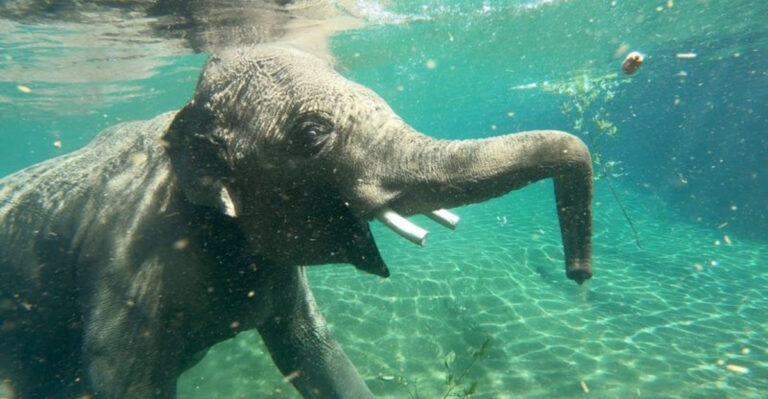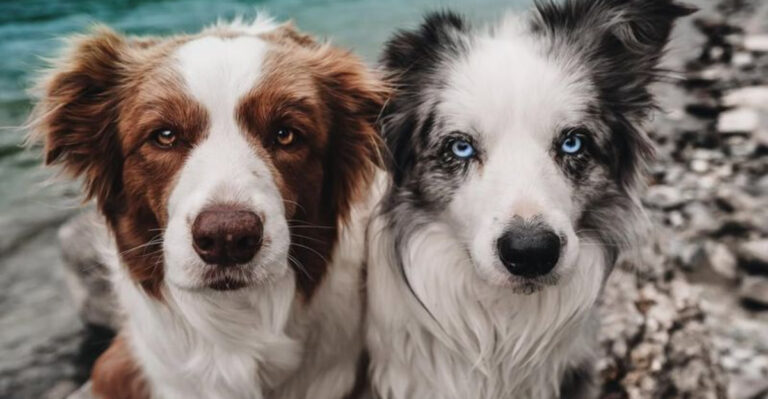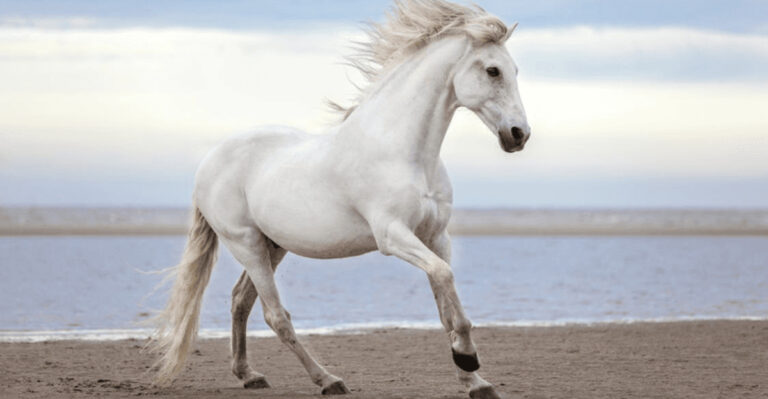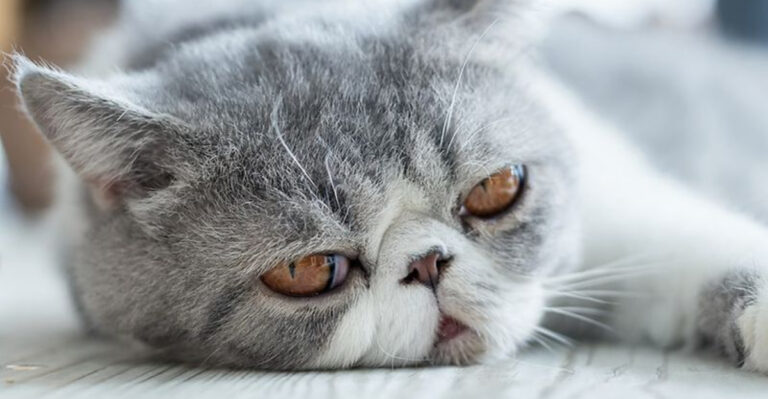13 Prehistoric Creatures That Defied Evolutionary Logic
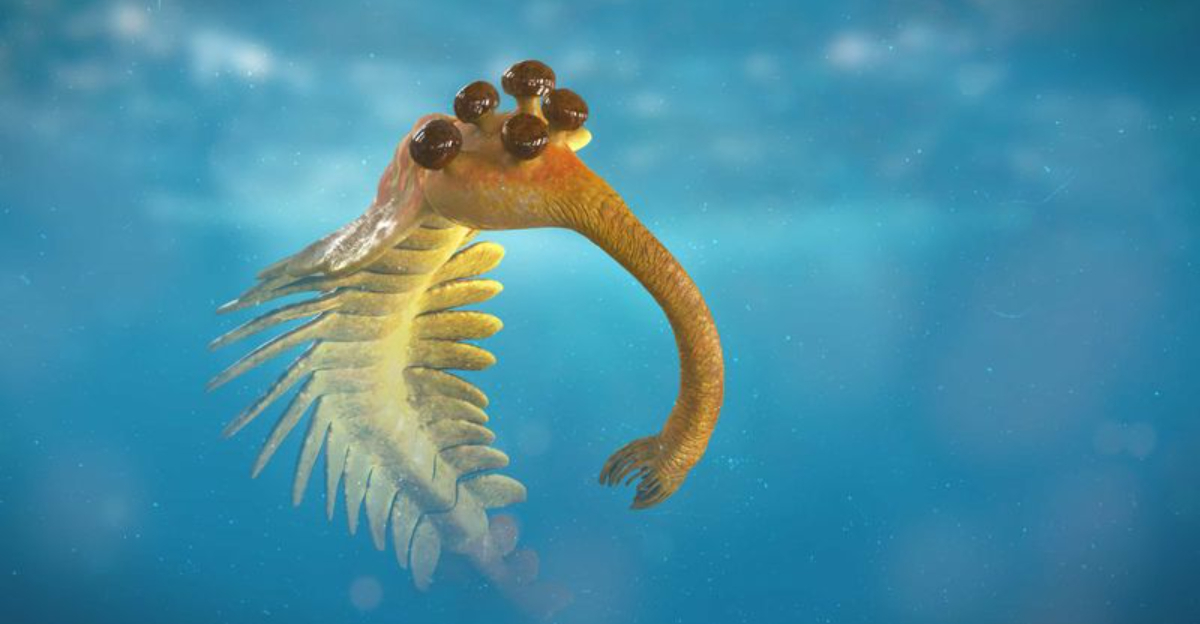
Ever wonder what would happen if evolution went wild? The prehistoric world was filled with creatures so bizarre, they seem like they came from science fiction rather than Earth’s past. From animals with body parts in all the wrong places to others with features that make no evolutionary sense, these ancient oddities challenge what we thought we knew about natural selection.
1. Hallucigenia
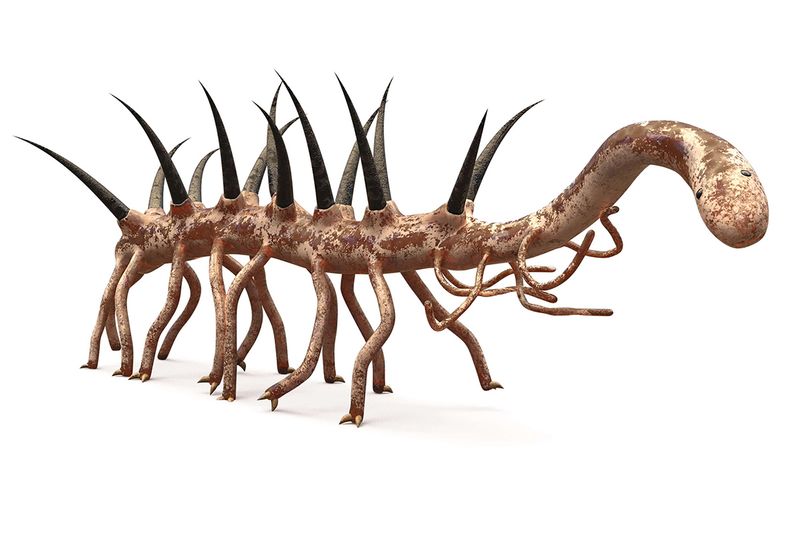
Scientists spent decades displaying this Cambrian oddball upside down! With spikes along one side and tentacle-like legs on the other, paleontologists couldn’t figure out which end was the head.
Eventually, they realized they’d been looking at it all wrong. Imagine wearing your shoes on your hands and your gloves on your feet – that’s basically what scientists thought Hallucigenia was doing!
2. Opabinia
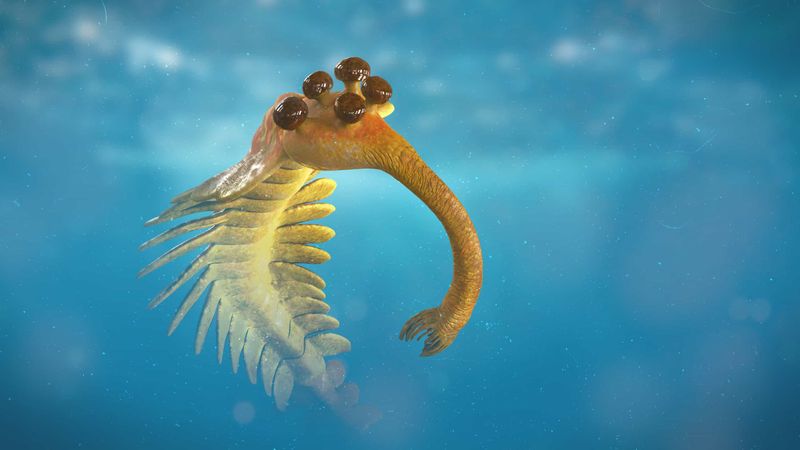
Armed with five eyes on stalks and a vacuum-like nozzle protruding from its face, Opabinia looked like something a child might design. When paleontologist Harry Whittington presented it in 1972, the audience erupted in laughter!
Nobody could believe this wasn’t a joke. Its flexible front appendage worked like a tiny elephant trunk, grabbing food and stuffing it into a mouth that faced backward under its head.
3. Tully Monster
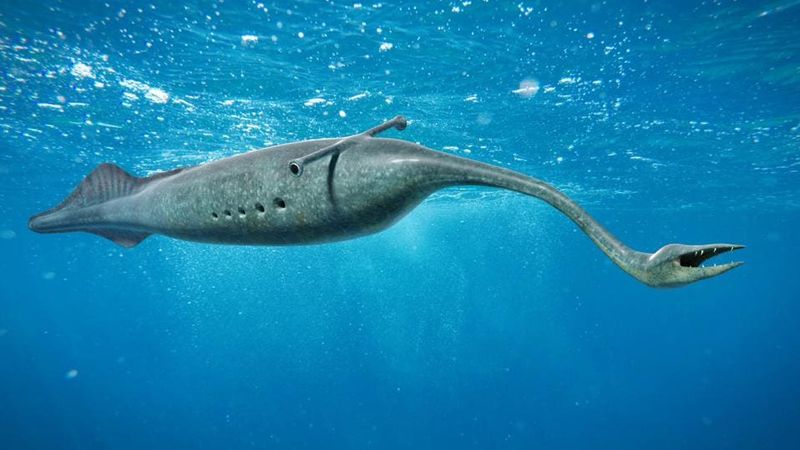
Found only in Illinois coal mines, the Tully Monster remains one of paleontology’s greatest puzzles. Picture a submarine with a long, rigid proboscis ending in a toothed claw, eyeballs perched on a horizontal bar, and fins in all the wrong places.
Scientists still argue whether it was a vertebrate, a mollusk, or something entirely different. After 60+ years of study, we still can’t figure out where it belongs on the family tree!
4. Helicoprion
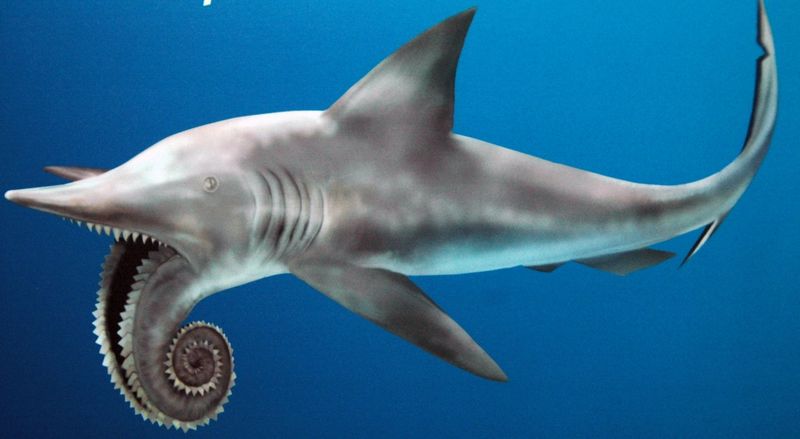
Forget normal jaws – this ancient shark relative decided to grow its teeth in a bizarre circular buzzsaw arrangement! For over a century, scientists couldn’t figure out where this spiral went on the animal’s body.
Some thought it was a fin defense, others guessed it was on the snout. Only recently did we discover the truth: it was actually inside the lower jaw, forming a deadly tooth-whorl that rotated forward as it ate, slicing prey like a circular saw.
5. Longisquama
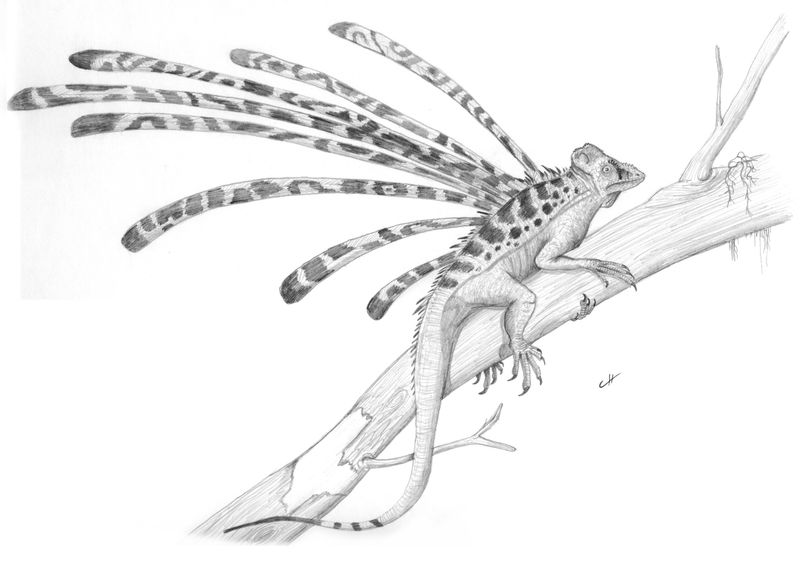
Long before birds took flight, this small reptile sported bizarre feather-like structures sprouting from its back. Not quite scales, not quite feathers – they were something entirely different!
The strangest part? These elaborate structures weren’t even practical for gliding. Some scientists think they were purely for show, like a peacock’s tail, making Longisquama the prehistoric fashion icon nobody asked for but everyone remembers.
6. Deinocheirus
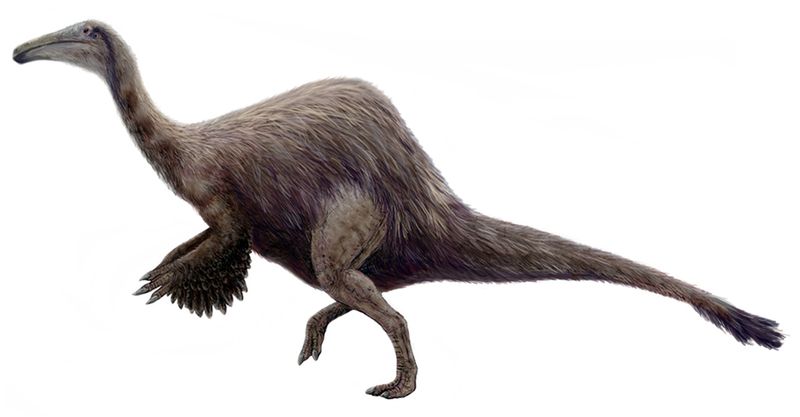
For decades, all we knew about Deinocheirus were its massive 8-foot arms. Paleontologists joked it was the dinosaur version of “all arms, no body” – until we finally found the rest of it in 2014.
Turns out, those giant arms were attached to a hunchbacked body with a duck-like bill, sail on its back, and stubby legs. Imagine a dinosaur designed by committee where nobody agreed on anything – that’s Deinocheirus!
7. Sharovipteryx
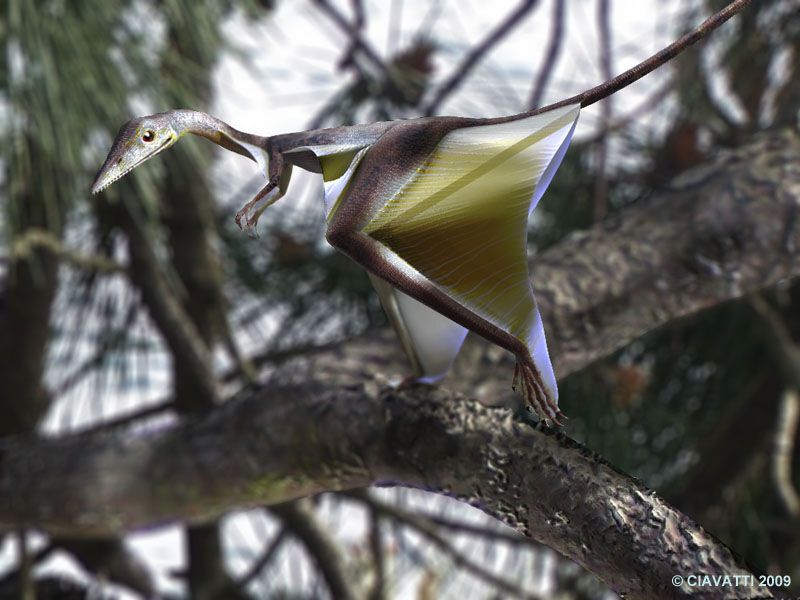
Most gliding animals have wings on their arms. Sharovipteryx said “nope” to that plan and grew its main flight membrane between its super-long back legs instead! Picture a tiny reptile doing a permanent split while gliding through the air.
With its backwards gliding setup, it’s like evolution was experimenting with prototypes. Scientists still debate whether it had additional membranes on its front limbs or if it was really just rocking the leg-wing look.
8. Atopodentatus
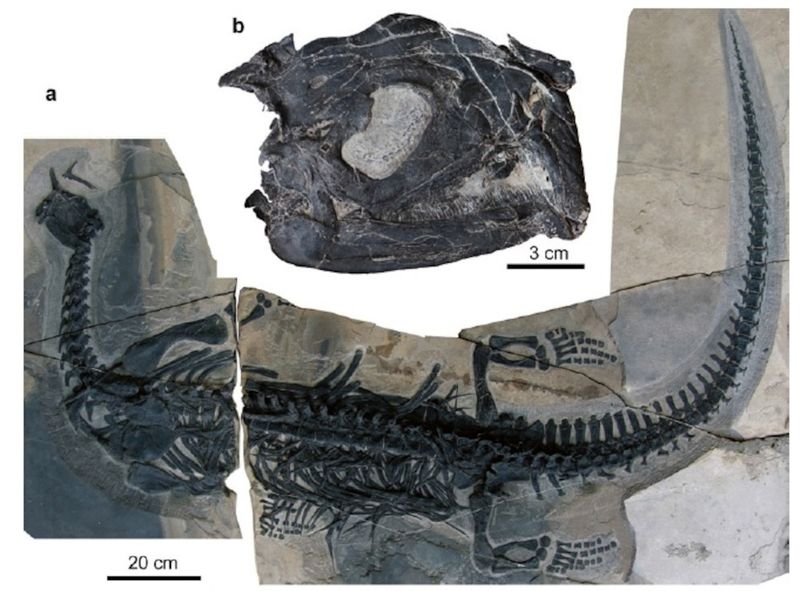
At first glance, paleontologists thought this marine reptile had a downturned snout for plowing through seafloor mud. When better fossils turned up, everyone’s jaws dropped – literally and figuratively!
Its mouth wasn’t downturned at all. Instead, it had a horizontal zipper-like mouth with teeth running perpendicular to its jaw. Imagine having teeth running across your lips instead of inside your mouth – that’s the bizarre feeding setup Atopodentatus was working with!
9. Aegirocassis
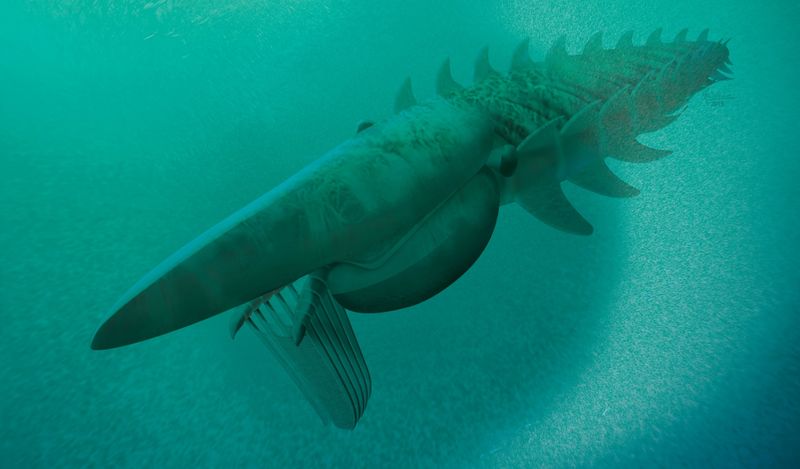
Before whales figured out filter-feeding, this 7-foot arthropod was already vacuuming up tiny sea creatures with specialized appendages. Aegirocassis was basically a swimming tank with dual feeding flaps that could filter enormous amounts of plankton.
What makes it so bizarre is its sheer size – most of its relatives were just inches long. It’s like if one particular species of shrimp suddenly grew to the size of a dolphin while all its cousins stayed tiny!
10. Tanystropheus
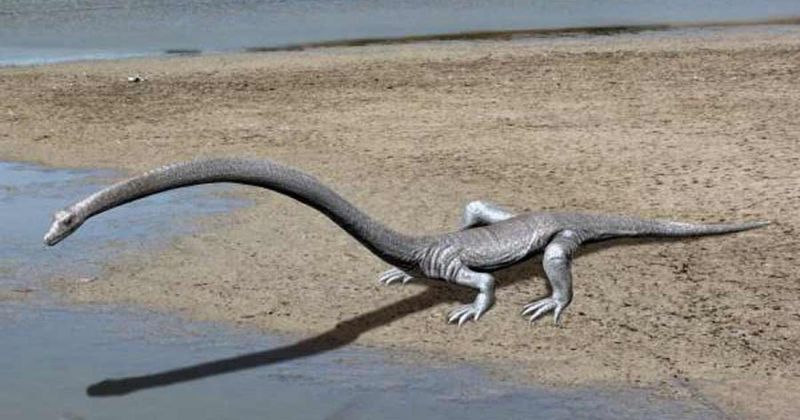
With a neck three times longer than its body, Tanystropheus looks like evolution’s attempt at creating a living fishing rod. Its neck contained just 12 vertebrae, but each was stretched to ridiculous proportions.
Scientists debated for decades whether it lived on land or in water because its body plan made no sense in either environment! Recent evidence suggests it was semi-aquatic, using its preposterous neck to snatch fish while keeping its body safely on shore.
11. Therizinosaurus
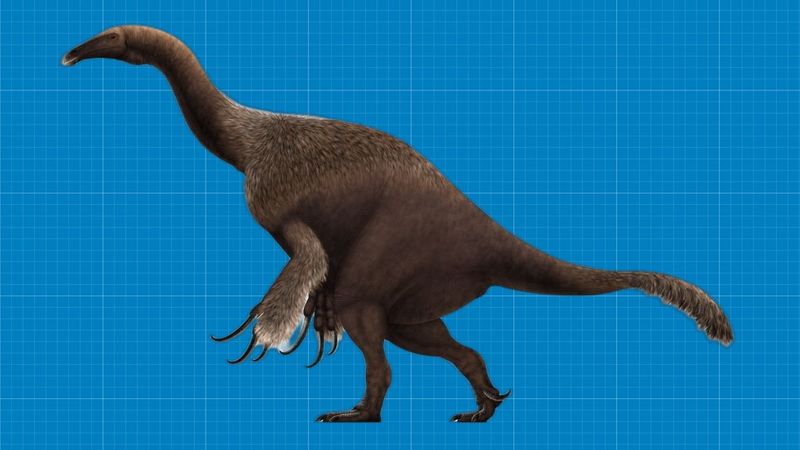
Nicknamed the “tickle chicken” by paleontologists with a sense of humor, this dinosaur sported the longest claws in history – up to three feet in length! But unlike most giant-clawed creatures, it wasn’t a predator.
Despite looking like Edward Scissorhands’ prehistoric cousin, Therizinosaurus was actually a gentle plant-eater. Those massive claws were likely used to pull down branches or dig for plants, making it the world’s most overequipped vegetarian.
12. Pterodaustro
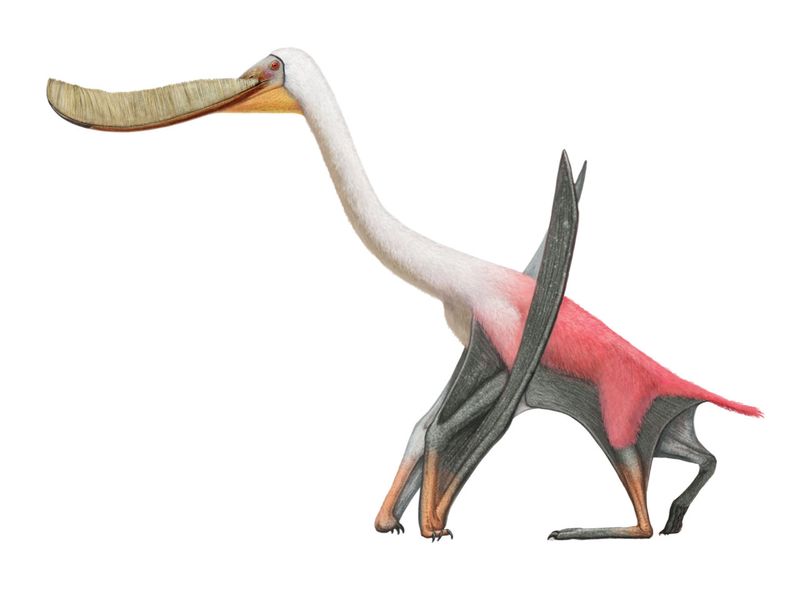
Long before flamingos evolved their filter-feeding lifestyle, this pterosaur was already rocking the look. Its lower jaw contained over 500 bristle-like teeth forming a comb-like structure perfect for straining tiny organisms from water.
Unlike other flying reptiles hunting fish or insects, Pterodaustro was essentially a flamingo with leathery wings instead of feathers. It even likely stood on one leg in shallow water – prehistoric convergent evolution at its strangest!
13. Yi qi
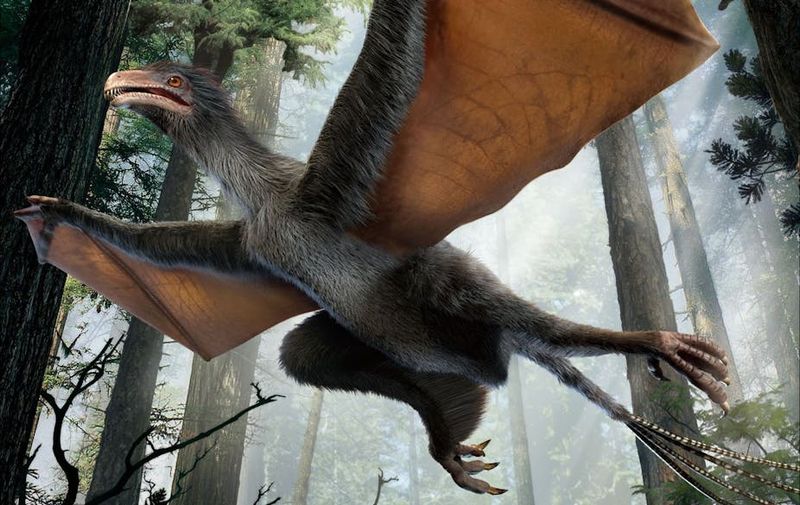
Just when scientists thought they understood dinosaur-to-bird evolution, Yi qi showed up with bat-like wings! This tiny dinosaur had a bizarre rod-like bone extending from each wrist, supporting a membrane wing unlike anything seen in birds.
It’s like evolution was testing multiple flight designs simultaneously. Yi qi represents a completely separate experiment in dinosaur aviation that ultimately failed, while the feathered wing design of other dinosaurs eventually led to modern birds.


